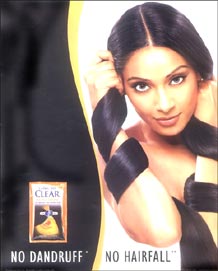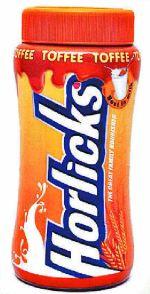
Brand : Royal Enfield
Company : Royal Enfield Ltd
Agency : RMG David
If you are searching for an Indian Icon which has survived the test of time, look no further , It is Royal Enfield.Established in India in 1955, Enfield is celebrating its 50 years of existence in India.
Enfield was born in Mid 19 the century in England. A firm named George Townsend established a small factory in Redditch Town in England for manufacturing Sewing needles.Later the firm started producing cycles and later motorcylces. In 1893, the products sported the name Enfield.
1931 saw the birth of Bullet. In 1935, the product acquired the modern look. Bullet was reintroduced in 1948-49 , redesigned byTed pardoe , Chief Draftsman of Enfield, England.
In 1955, the first factory was set up in India. In 1994 the company was acquired by Eicher and the company name was changed to Royal Enfield India Ltd.
The brand faced lot o
 f problems all through its life in India. Bullet was always a Muscle machine. The product was the only power bike available in India and commanded a cult like following. Although the engine was not refined and produced lot of problem for the owners, it was treated with respect .
f problems all through its life in India. Bullet was always a Muscle machine. The product was the only power bike available in India and commanded a cult like following. Although the engine was not refined and produced lot of problem for the owners, it was treated with respect .But along the time, Bullet lost its way. The company tried to play volume market and failed miserably. The reason being the product cannot be volume bike. It cannot be treated as an ordinary bike and required lot of care from the owners. Ordinary bikes can be treated roughly but not Bullet because if not cared, it can give lot of head aches for the owners.
Besides,the product had created lot of psychological barriers for the potential owners. The weight of the bike discouraged the skinny ones, the antagonistic gear/brake positions scared the rest. The kickstart needed powerful legs and so on..
Enfield realised this very lately. With new young blood (Sidhartha lal) in the helm of Royal Enfield, things are looking up.The company relaunched the brand with new communication and logo , corrected the flaws in the bike and repostioned the product.

The new launches of Bullet Electra and the cruiser Thunderbird and the introduction of electric start for the bullet were well received by bike enthusiasts. Bullet also changed the Gear/Brake in line with the ordinary bikes.
Bullet is now positioned as lifestyle bike not for the ordinary. It connects to the " pleasure of biking" and tags the masculine persona. The campaigns are well executed by RMG David and clearly communicates the stature of the brand among other bikes . It says " Every body makes way for the bullet".
 Thunderbird is launched as the cruiser bike and has already established its presence in this segment.
Thunderbird is launched as the cruiser bike and has already established its presence in this segment.Recent Customer Satisfaction survey conducted by TNS auto division places Bullet in top order in customer satisfaction. This shows that the company has effectively spruced up the quality of this mean machine.
More over Royal Enfield also roped in Ravichandran from Bajaj as its chief executive. Ravichandran is well respected in the industry circle as a design specialist and marketing man.
Enfield has the iconic status in India and the company has put its acts together. We will see this brand reaching its deserving position in the Motorcycle segment in the coming years.

 In 1990 P&G purchased the Brand from Shulton. The old ship was replaced by Sail boat/ Yatch in 1992.
In 1990 P&G purchased the Brand from Shulton. The old ship was replaced by Sail boat/ Yatch in 1992.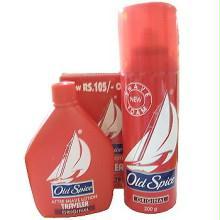
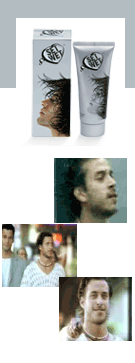

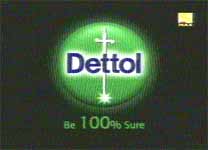


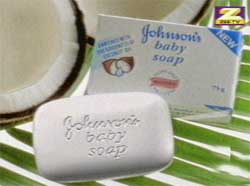
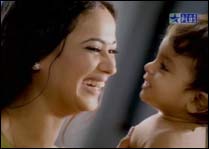
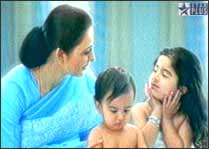
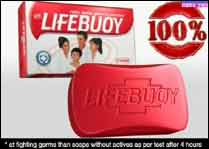

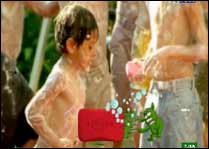

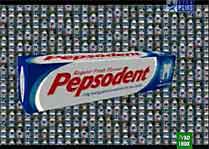



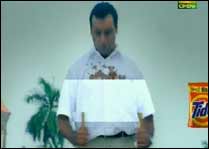


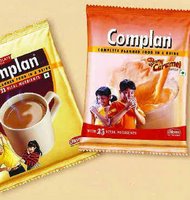 Complan has been an established brand in the Indian health drinks market.The brand was carefully positioned and nurtured by its owners. With the competition getting hot all the time the brand is reinventing itself . It will be worthwhile to watch the fight of David And the Goliaths in this market .......
Complan has been an established brand in the Indian health drinks market.The brand was carefully positioned and nurtured by its owners. With the competition getting hot all the time the brand is reinventing itself . It will be worthwhile to watch the fight of David And the Goliaths in this market .......




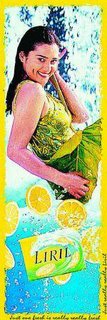






 The new devil is Matrix insprired and sports a contemprory look. Played by actor Rajesh Khera, the devil now is rocking. Onida which has recovered its market share to 12 % is aggressively playing on the marketing game. With a slew of product launches and careful segmentation, the market is opening to the devil. Onida is careful in positioning itself as a technologically superior premium brand although the prices are very competitive. It has launched the Poison brand which is a premium brand and Oxygen , Black and KY for the value for money segment.
The new devil is Matrix insprired and sports a contemprory look. Played by actor Rajesh Khera, the devil now is rocking. Onida which has recovered its market share to 12 % is aggressively playing on the marketing game. With a slew of product launches and careful segmentation, the market is opening to the devil. Onida is careful in positioning itself as a technologically superior premium brand although the prices are very competitive. It has launched the Poison brand which is a premium brand and Oxygen , Black and KY for the value for money segment.